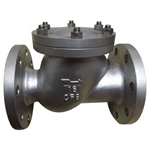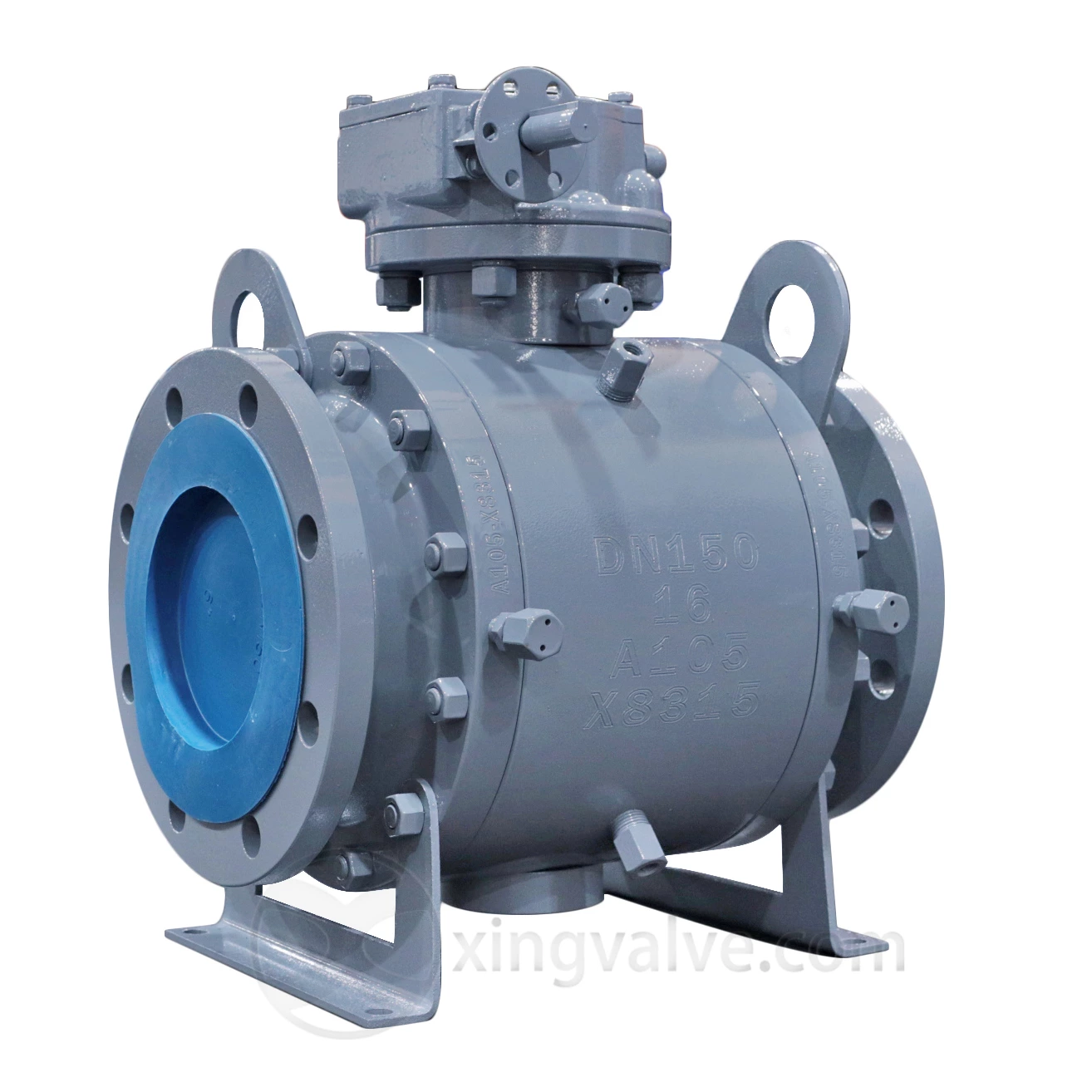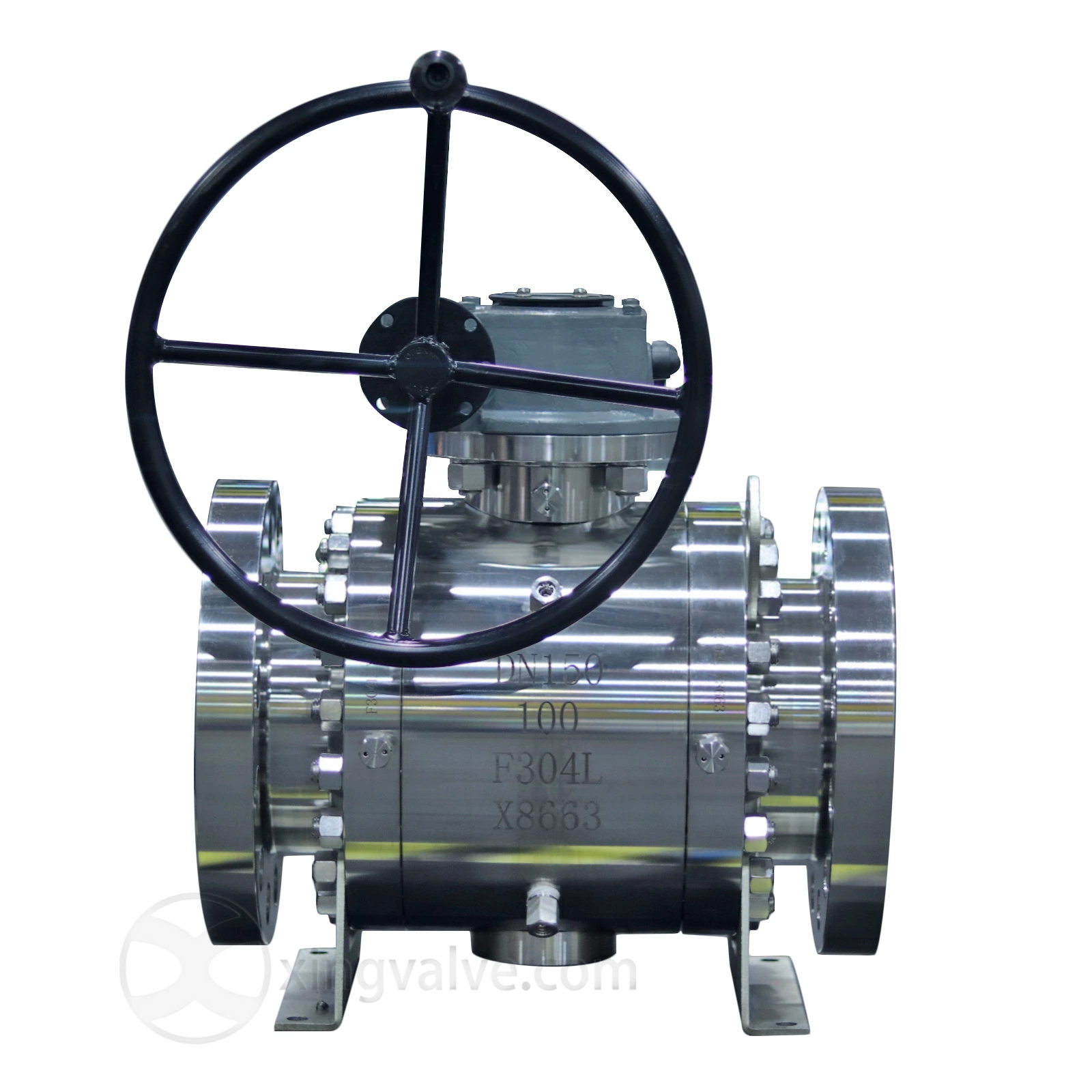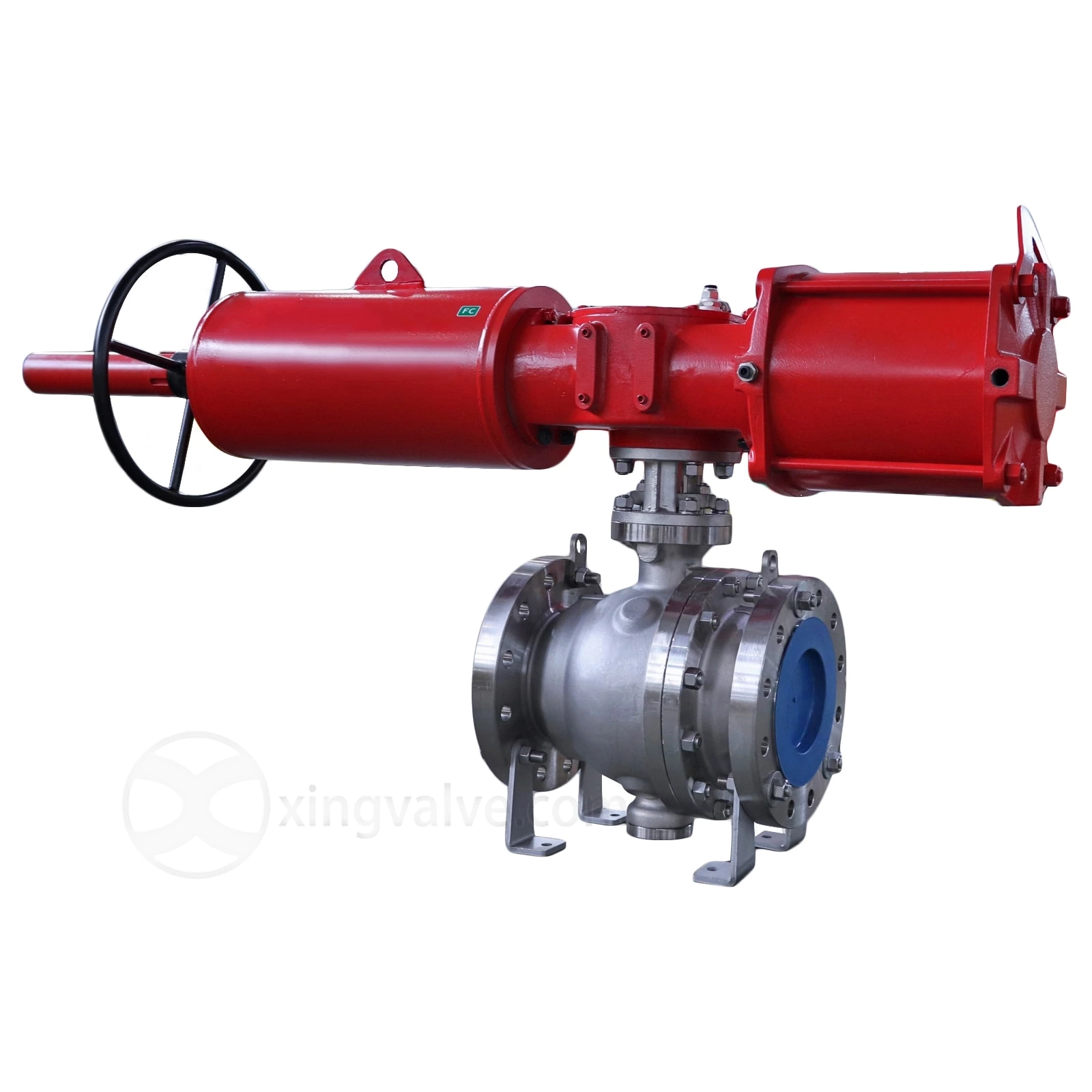Stainless Steel Check Valve
- Size Range
- NPS1/ 2′′~NPS 16′′ DN15-DN400
- Temperature Range
- -20~350°C
- Pressure Rating
- CLB150~CL300 PN10~PN40
Specification Parameters
| Name | Stainless steel check valve |
| Size | NPS1/ 2′′~NPS 16′′ DN15-DN400 |
| Pressure | CLB150~CL300 PN10~PN40 |
| Temperature | -20~350°C |
| Applicable media | Water, oil, steam, acid medium |
| Body Material | Stainless steel 304,316, cast steel, carbon steel |
Design Specification
| Design and Manufacturing | ANSI B 16.34 or BS 1873 |
| Structure length | ANSI B 16.10 |
| Flange Standard | ANSI B 16.5a |
| Terminal end size | ANSI B 16.25 |
| Pressure test | API 6D or API 598 |
| pressure and temperature rating | ASME B16.34, GB/T 12224 |
Product Description
Stainless steel check valves are also known as counterflow valves, check valves, back pressure valves, and check valves. This type of valve is automatically opened and closed by the force generated by the flow of the medium itself in the pipeline, and is an automatic valve. Stainless steel check valves are divided into lift check valves, swing check valves, disc check valves, butterfly check valves, flue check valves, etc.
The main function of the stainless steel check valve is to prevent backflow of the medium, prevent the pump and its drive motor from reversing, and vent the medium in the container. It can be used to supply a supply line to an auxiliary system where the pressure may rise above the pressure of the main system. Stainless steel check valves can be applied to pipes of various media depending on the material.
The check valve is installed on the pipeline, which becomes one of the fluid components of this complete pipeline. The valve flap opening and closing process is affected by the transient flow state of the system it is in.
Get in Touch
Contact Us
Dongou Industrial Zone,Oubei Town,YongJia, WenZhou City,ZheJiang Province P.R China






